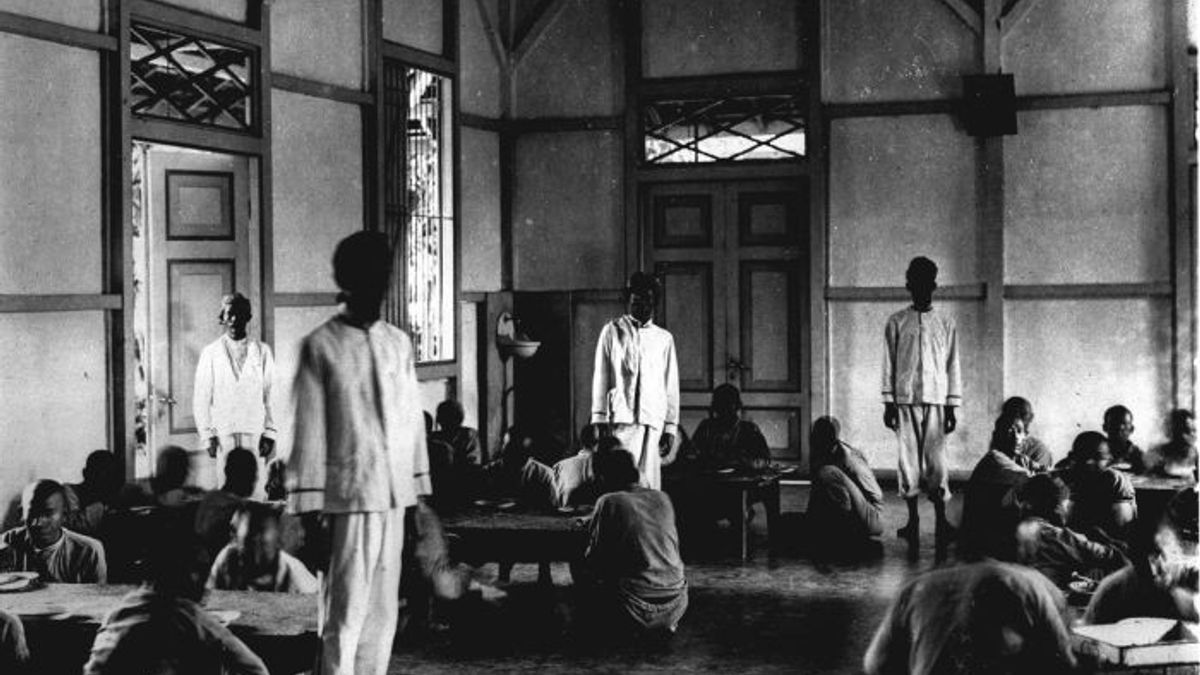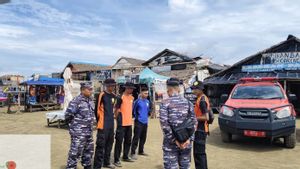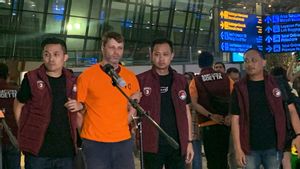JAKARTA – Today's history, 201 years ago on May 21, 1831, records that the Dutch colonialists began to care about mental health issues. The rulers immediately issued a revolutionary resolution. Every major hospital in Jakarta, Semarang, and Surabaya is required to provide rooms for people with mental disorders (ODGJ). The presence of this resolution is quite influential. Because ODGJ in the Indies is thriving. War and plague are the main causes.
Mental disorders are a serious problem. Even its existence has been present since time immemorial. There are wayang stories that are designed from the popular stories of the Mahabharata and Ramayana, for example. In both stories, ODGJ is part of a character who fits the names Srikandi Edan (crazy) and Gatotkaca Gandrung.

When Gatotkaca Gandrung falls in love his behavior changes to childish, funny and eccentric. This description provides information that ODGJ has been part of the Indonesian people for centuries.
Wrong HandlingSo far, the actions taken to break the chain of ODGJ have not been maximized. Lack of knowledge is the cause. Those who are detected as ODGJ are actually considered various. From being charmed to being possessed by an evil spirit.
The assumption is that paranormal services that expel evil spirits are increasingly sought after. Therefore, it is not uncommon for ODGJ to get physical abuse. If it is not enough, ODGJ will be put in shackles as a further treatment step. Everyone understands that this method is not effective, but it is continued so that ODGJ does not disturb the environment.

“Patients in pasung are tied up, or chained, or put in cages. This is done if the patient is dangerous to the environment and or to himself. This practice is spread throughout Indonesia.”
“If the sufferer is not dangerous, then it is not uncommon to see people with mental disorders in minimal clothing, some even completely naked, wandering around the village (sometimes in the city) while looking for food on the side of the road or in the trash and becoming a spectacle or entertainment. even the object of public jokes who do not understand the patient's condition,” Willy F. Maramis and Albert A. Maramis in the book Notes on Mental Medicine Edition 2 (2009).
Hospital ObligationsThis condition did not change much in the early days of the Dutch colonialism. Solutions such as being taken to a psychic and being shackled are still a trick. All because mental health problems are not well known. Moreover, cases of medical facilities, medical personnel, to psychiatrists are still limited.
However, the owner of the power did not give up. On May 21, 1831, the Dutch East Indies government adopted a revolutionary resolution. The resolution contained a mandate that every major hospital in the Dutch East Indies had to provide rooms to treat patients with mental disorders.
"This condition continued until finally on May 21, 1831. The Dutch East Indies government made a resolution that was considered quite influential in the process of transforming mental health services in Indonesia."

“In Resolution 21 May 1831 No. 1 Article 1 states that every major hospital in Weltevreden Jakarta, Semarang and Surabaya will be provided with rooms to treat people with mental disorders,” said Denny Thong, author of the biography of Mr.
The resolution of the Dutch East Indies Government on May 21, 1831 regarding the obligation of hospitals to build treatment rooms for people with mental disorders became an important part of today's history in Indonesia.
The English, Chinese, Japanese, Arabic, and French versions are automatically generated by the AI. So there may still be inaccuracies in translating, please always see Indonesian as our main language. (system supported by DigitalSiber.id)









